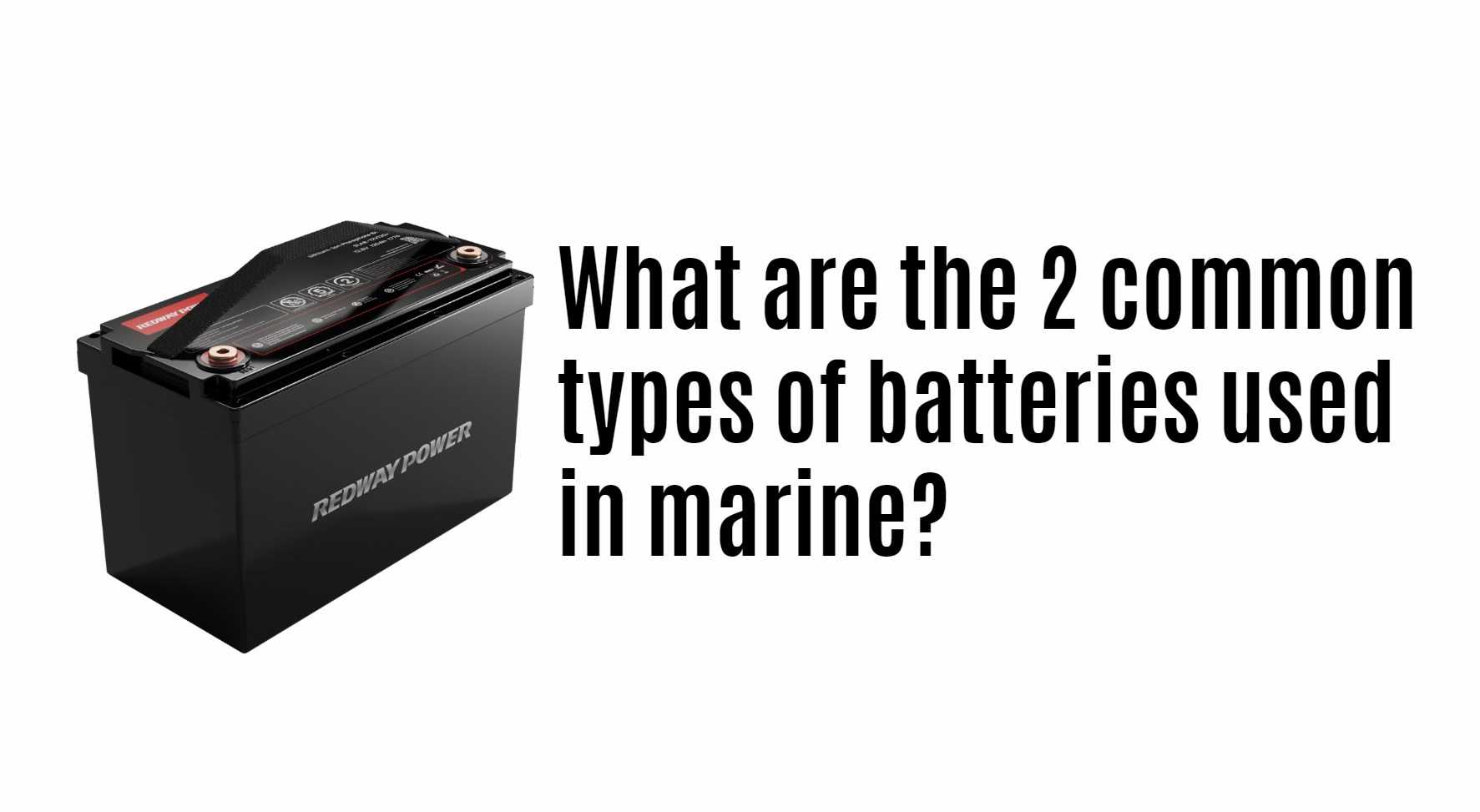What Happens When Your 12V Battery Is Low?
When your 12V battery is low, it can lead to several issues, including difficulty starting your vehicle, dimming lights, and reduced performance of electrical components. A voltage reading below 12.4 volts typically indicates that the battery is nearing a discharged state and may require recharging or replacement to ensure reliable operation.
Understanding the Effects of Low Voltage on a 12V Battery
A low voltage in a 12V battery can significantly impact its performance and the functionality of connected systems. Here’s a detailed look at what happens when your battery is low:
- Starting Issues:
- A low battery voltage can prevent the engine from starting. Most vehicles require a minimum voltage of around 12.0 volts to crank effectively. If the voltage drops below this threshold, you may experience slow cranking or complete failure to start.
- Dimming Lights:
- Electrical components such as headlights and dashboard lights may appear dimmer than usual when the battery voltage is low. This is due to insufficient power being supplied to these systems.
- Reduced Performance of Accessories:
- Power-hungry accessories like power windows, air conditioning, and infotainment systems may operate sluggishly or not at all when the battery is low.
- Increased Load on the Alternator:
- If the battery is weak, the alternator has to work harder to supply power to the vehicle’s electrical systems while simultaneously charging the battery. This added strain can lead to premature alternator failure.
- Potential Damage:
- Continuously operating a vehicle with a low battery can lead to internal damage, such as sulfation in lead-acid batteries, which reduces their lifespan and efficiency.
| Effect | Description |
|---|---|
| Starting Issues | Difficulty starting the engine |
| Dimming Lights | Reduced brightness of headlights and indicators |
| Reduced Accessory Performance | Sluggish operation of power accessories |
| Increased Alternator Load | Strain on the alternator leading to potential failure |
| Potential Damage | Risk of sulfation and reduced battery lifespan |
Signs Your 12V Battery Is Low
Recognizing the signs of a low 12V battery can help you take action before it leads to more significant issues:
- Slow Engine Crank:
- If you notice that your engine cranks slowly or hesitates before starting, it may be an indication that your battery is low.
- Dashboard Warning Lights:
- Many vehicles have warning lights that illuminate when there are issues with the charging system or battery health.
- Electrical System Malfunctions:
- If your vehicle’s electrical systems (like lights and radio) are malfunctioning or flickering, it could be due to insufficient voltage from the battery.
- Frequent Jump Starts:
- Needing to jump-start your vehicle regularly is a clear sign that your battery may be nearing the end of its life.
- Age of Battery:
- If your battery is over three years old, it’s wise to monitor its performance closely as older batteries are more prone to failure.
Latest News
Recent developments in automotive technology emphasize the importance of maintaining optimal battery health for reliable vehicle performance. Innovations in smart charging systems are now available, allowing users to monitor their battery status via mobile applications. Additionally, advancements in battery technology are leading to longer-lasting batteries with improved performance under various conditions, reducing instances of low voltage issues in vehicles.
Redway Expert Comment
“As experts in Lithium LiFePO4 technology, we understand that maintaining proper voltage levels is crucial for ensuring reliable vehicle operation. A well-maintained 12V battery should consistently perform at optimal levels to prevent issues such as hard starts or electrical malfunctions. We encourage regular monitoring and maintenance to extend the lifespan of any automotive battery.”
Top Competitors in Battery Solutions
When considering alternatives for high-quality 12V batteries suitable for various applications, evaluate brands based on performance and compatibility with different setups. Below is a chart highlighting five top competitors in the market:
| Brand | Battery Type | Compatibility | Price Range | Notes |
|---|---|---|---|---|
| Redway Power | LiFePO4 | General use | Competitive | High cycle life and safety features |
| Brand A | Sealed Lead-Acid | Electronics | Moderate | Maintenance-free design |
| Brand B | AGM Battery | Automotive | Varies | Excellent deep cycle capability |
| Brand C | Gel Battery | Marine applications | Premium | Good performance in humid conditions |
| Brand D | Lithium Ion | Power tools | High | Fast charging capabilities |
Conclusion
In conclusion, a low 12V battery can lead to various operational issues affecting both vehicle performance and electrical system functionality. By recognizing early signs of a weak battery and understanding its effects, users can take proactive measures to maintain optimal performance and extend battery life.


